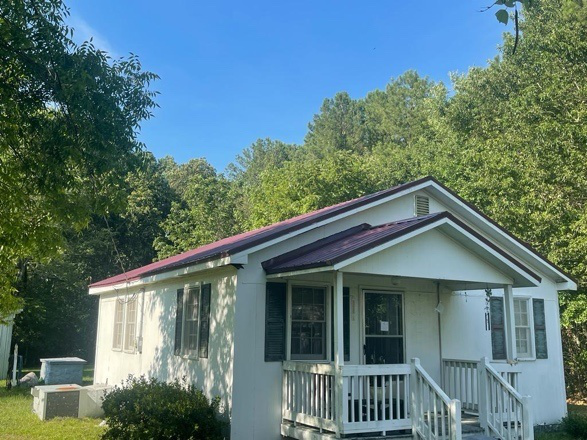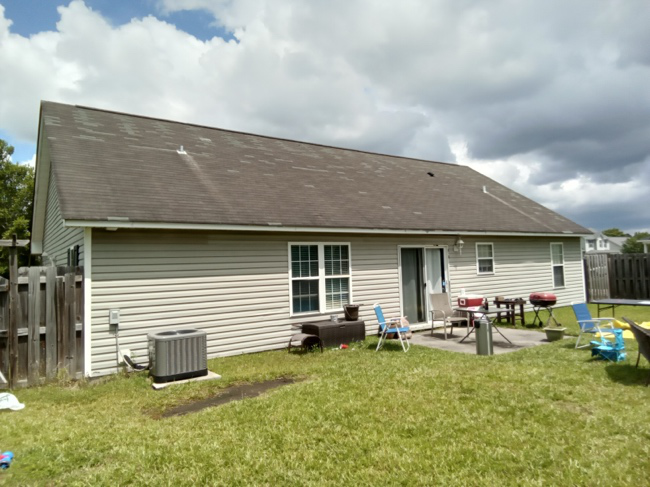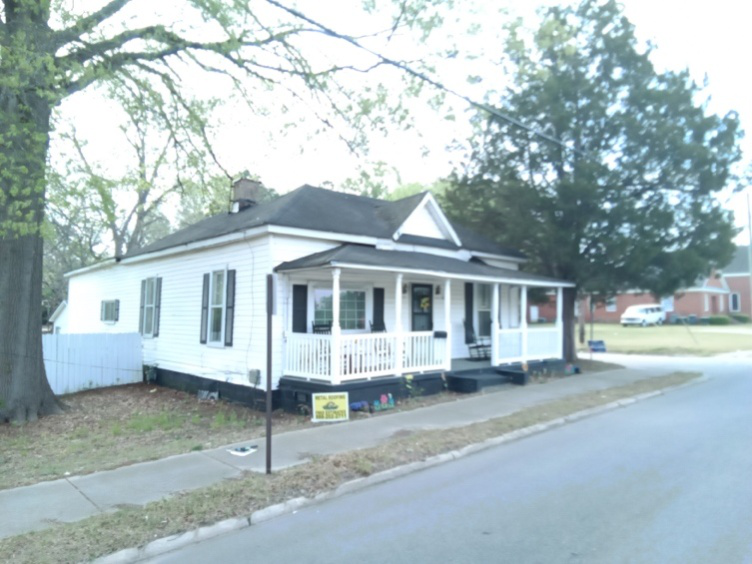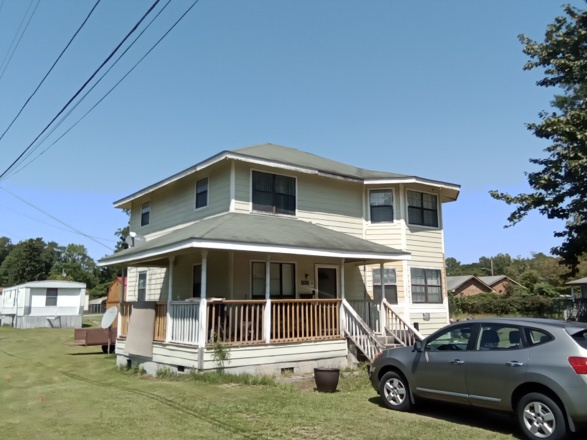A sturdy and well-maintained roof is essential for the safety and integrity of any building. Metal roofs are known for their durability, but they are not immune to the effects of time, weather, and wear.
James Kenton, an experienced roofing professional, has encountered his fair share of roofing issues over the years, and he knows that identifying signs of a roof on the verge of collapse is crucial.
In this comprehensive guide, we will explore the 8 signs that James Kenton suggests looking for in a metal roof that’s teetering on the edge of collapse. These warning signs are vital for homeowners and property managers to recognize, as addressing them promptly can prevent disaster and costly repairs.
1. Sagging or Buckling
One of the most ominous signs that a metal roof may be on the brink of collapse is visible sagging or buckling. When a roof sags or exhibits a wavy, uneven appearance, it indicates that the underlying structure has become compromised. This structural weakness can result from various factors, such as water damage, heavy snow loads, or inadequate support. If you notice sagging, it’s a clear indication that immediate action is required to assess and rectify the issue before the roof collapses.
2. Cracks or Breaks in Roof Material
Inspecting the metal roofing material itself is essential when evaluating the condition of your roof. Make sure to check for cracks or breaks in the metal panels or shingles.
Over time, exposure to the elements, temperature fluctuations, and physical damage can lead to the development of small cracks or fractures in the roofing material. These seemingly minor imperfections can rapidly escalate, weakening the roof’s structural integrity. Any cracks or breaks you discover, especially near fasteners or seams, need to be addressed promptly to prevent further deterioration and the potential for collapse.
3. Rust and Corrosion
Rust and corrosion are silent enemies that can gradually erode the strength of a metal roof, eventually leading to a collapse. A thorough inspection of the metal surface for any signs of rust, particularly in areas where water may accumulate, such as roof valleys or low spots. Rust can weaken the structural integrity of the roof and make it more susceptible to collapse, especially under the weight of heavy snow or during a storm. To mitigate this risk, you should regularly apply rust-resistant coatings and promptly repair any areas affected by rust or corrosion.
4. Water Damage and Leaks
Water damage is a severe threat to the stability of a metal roof. Thus, identifying signs of water infiltration and leaks is crucial. Water can weaken the roof’s structure, corrode fasteners, and compromise the integrity of the roofing material.
Signs of water damage may include water stains on interior ceilings and walls, peeling paint, or the presence of mold and mildew in the attic or living spaces. Homeowners should inspect their roof’s interior for these signs regularly to identify and address leaks promptly. This can help prevent further damage and the potential for a roof collapse.
5. Roof Decking Problems
Beneath the metal roofing material lies the roof decking, which plays a critical role in supporting the entire roof structure. Examine the condition of the roof decking for any signs of rot, decay, or warping. Damage to the decking can compromise the roof’s ability to hold the weight of the metal material and any external loads, increasing the risk of a collapse.
The best way to check for roof decking problems is by accessing the attic or crawl space to inspect the decking for moisture damage or signs of weakness. Early detection of decking problems allows for timely repairs, preserving the roof’s stability.

6. Loose or Missing Fasteners
The structural stability of a metal roof relies heavily on the fasteners and connectors used to secure the roofing material. Loose or missing fasteners can lead to shifting or dislodging of the metal panels, increasing the risk of a roof collapse.
It’s imperative to examine the roof’s surface and look for any visible signs of loose screws, nails, or other fasteners. Replacing and securing loose fasteners promptly is a relatively simple preventive measure that can help maintain the roof’s integrity.
7. Excessive Weight
Heavy snow loads, ice accumulation, or debris buildup on a metal roof can exert excessive weight and stress on the structure. Excessive weight can cause the roof to bow, buckle, or even collapse under pressure.
If you live in an area prone to heavy snowfall or ice storms, consider investing in roof snow removal equipment or hiring professionals to safely remove excess snow and ice to prevent structural damage.
8. Age and Wear
As a metal roof ages, it becomes more susceptible to wear and degradation. Consider the age of your metal roof and monitor it closely to see if it’s approaching or surpassing its expected lifespan.
Over time, metal roofing materials may become brittle or lose their protective coatings, making them more vulnerable to damage and collapse. Regular inspections, maintenance, and, if necessary, roof replacement can help mitigate the risks associated with an aging metal roof.

A metal roof on the verge of collapse can pose significant risks to your property and safety. Identifying the warning signs outlined by James Kenton, such as sagging, cracks, rust, water damage, decking problems, loose fasteners, excessive weight, and age-related wear, is crucial for preventing a catastrophic roof failure.
Regular inspections and proactive maintenance are your best defenses against a potential collapse. If you observe any of these signs or have concerns about your metal roof’s condition, it’s advisable to consult with a professional roofing expert like James Kenton for a thorough assessment and necessary repairs to ensure the safety and longevity of your roof.
